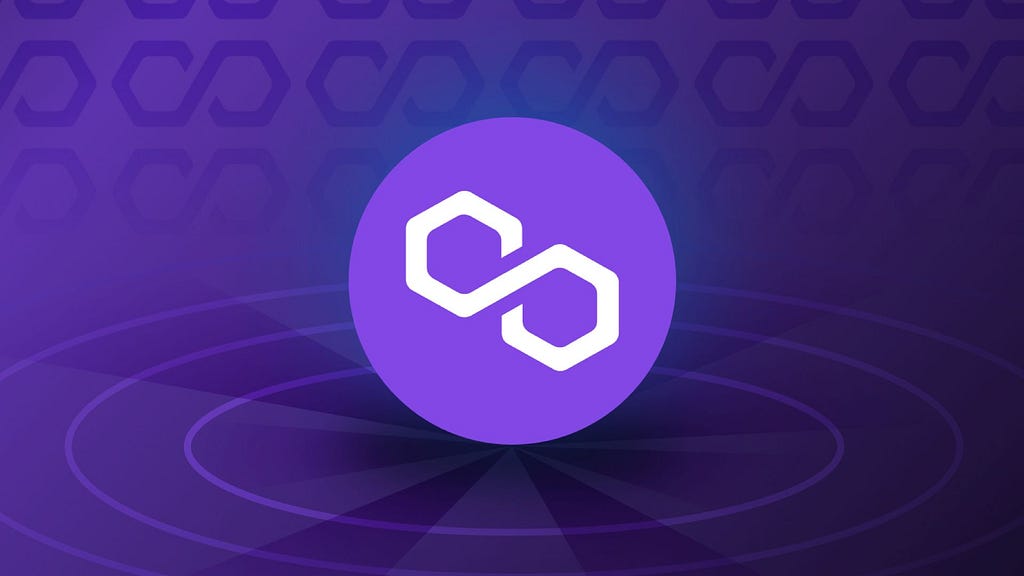- Home
- Features
- Business
- Active
- Sports
- Shop
Top Insights
Mastering the Art of Polygon Mining: Tips, Tricks, and Tools

Polygon, formerly known as Matic Network, is a layer 2 scaling solution for Ethereum that intends to improve its scalability and usability. Unlike traditional cryptocurrencies that rely on mining for transaction validation and block production, Polygon operates on a Proof-of-Stake (PoS) consensus mechanism. This means that instead of miners competing to solve complex mathematical puzzles to validate transactions, validators are selected to create new blocks and secure the network based on the amount of cryptocurrency they hold and are willing to stake as collateral.
In the context of Polygon, “mining” typically refers to the process of becoming a validator on the network. Validators play a role in maintaining the integrity of the Polygon blockchain by validating transactions, proposing new blocks, and participating in consensus protocols. In return for their contributions, validators are rewarded with transaction fees and block rewards, similar to mining rewards in traditional Proof-of-Work systems.
Understanding Polygon Mining Basics
Before jumping into the intricacies of Polygon mining, you have to grasp the fundamentals of how the network operates. Polygon leverages sidechains, plasma chains, and other scaling techniques to process transactions more efficiently. As mentioned earlier, unlike traditional Proof-of-Work (PoW) networks, Polygon operates on a Proof-of-Stake (PoS) consensus mechanism, where validators are selected to validate transactions and secure the network based on the amount of cryptocurrency they stake.

Choosing the Right Tools and Equipment
To start mining Polygon, you’ll need the right tools and equipment. Unlike traditional PoW mining, which requires specialized hardware such as ASICs or GPUs, Polygon mining can be done using standard computing equipment. You’ll need a reliable internet connection and sufficient computing power to run a validator node. Also, you’ll need to choose a compatible wallet to store your Polygon tokens (MATIC) and a secure environment to run your validator node.
Optimizing Your Mining Setup
Once you have the necessary tools in place, it’s time to optimize your mining setup for maximum efficiency. One aspect of Polygon mining is choosing the right validator node configuration. You’ll need to consider factors such as hardware specifications, network connectivity, and resource allocation to achieve optimal performance. Also, staying up-to-date with the latest software updates and security patches is vital to maintain the integrity of your mining operation.
Joining a Mining Pool
While solo mining is an option, joining a mining pool can significantly increase your chances of earning rewards and reduce the variance in your earnings. Mining pools aggregate the computing power of multiple validators, allowing them to work together to validate transactions and earn rewards more efficiently. When choosing a mining pool, consider factors such as pool size, reputation, and fee structure to help you find the best fit for your mining operation.
Cloud Mining
Polygon cloud mining offers an alternative approach to participating in the Polygon network without the need for physical hardware or infrastructure setup. Platforms like Luxor Mining provide users with the opportunity to buy hashing power and receive rewards for validating transactions and securing the network. With cloud mining, you can leverage the computational power of remote data centers to mine Polygon tokens (MATIC) without the hassle of managing hardware maintenance, electricity costs, or technical complexities.
Staying Informed and Adapting to Changes
The cryptocurrency market is constantly evolving, and staying informed about the latest developments and trends is important for successful Polygon mining. Keep an eye on community forums, social media channels, and official announcements from the Polygon team to stay ahead of the curve. Also, be prepared to adapt to changes in network conditions, such as fluctuations in gas prices or updates to the Polygon protocol, to maintain your mining operation’s profitability in the long run.
Conclusion
Mastering the art of Polygon mining requires a combination of technical expertise, strategic planning, and continuous learning. By understanding the fundamentals of Polygon mining, choosing the right tools, optimizing your mining setup, joining a mining pool, and staying informed about the latest developments, you can maximize your earnings and contribute to the growth of the Polygon network.
Mastering the Art of Polygon Mining: Tips, Tricks, and Tools was originally published in Coinmonks on Medium, where people are continuing the conversation by highlighting and responding to this story.
Recent Posts
Categories
Related Articles
Franklin Templeton Files for Solana ETF With Staking—Is SOL Set for Institutional Adoption?
Franklin Templeton has filed for a Solana ETF, aiming to track SOL’s...
ByglobalreutersFebruary 22, 2025Can we escape DeFi’s Ouroboros? Bridging real-yield in 2025
The following is a guest article from Mike Wasyl, CEO at Bracket....
ByglobalreutersFebruary 22, 2025Microsoft’s New Chip Could Speed Up Bitcoin’s Quantum-Resistance Timeline
Microsoft’s latest quantum computing chip, Majorana 1, might accelerate the need to...
ByglobalreutersFebruary 22, 2025Bitcoin Surges Past $99,000 Following Dovish Remarks From Atlanta Fed President Bostic
After spending more than two weeks trading in the mid-$90,000 range, Bitcoin...
ByglobalreutersFebruary 22, 2025






Leave a comment